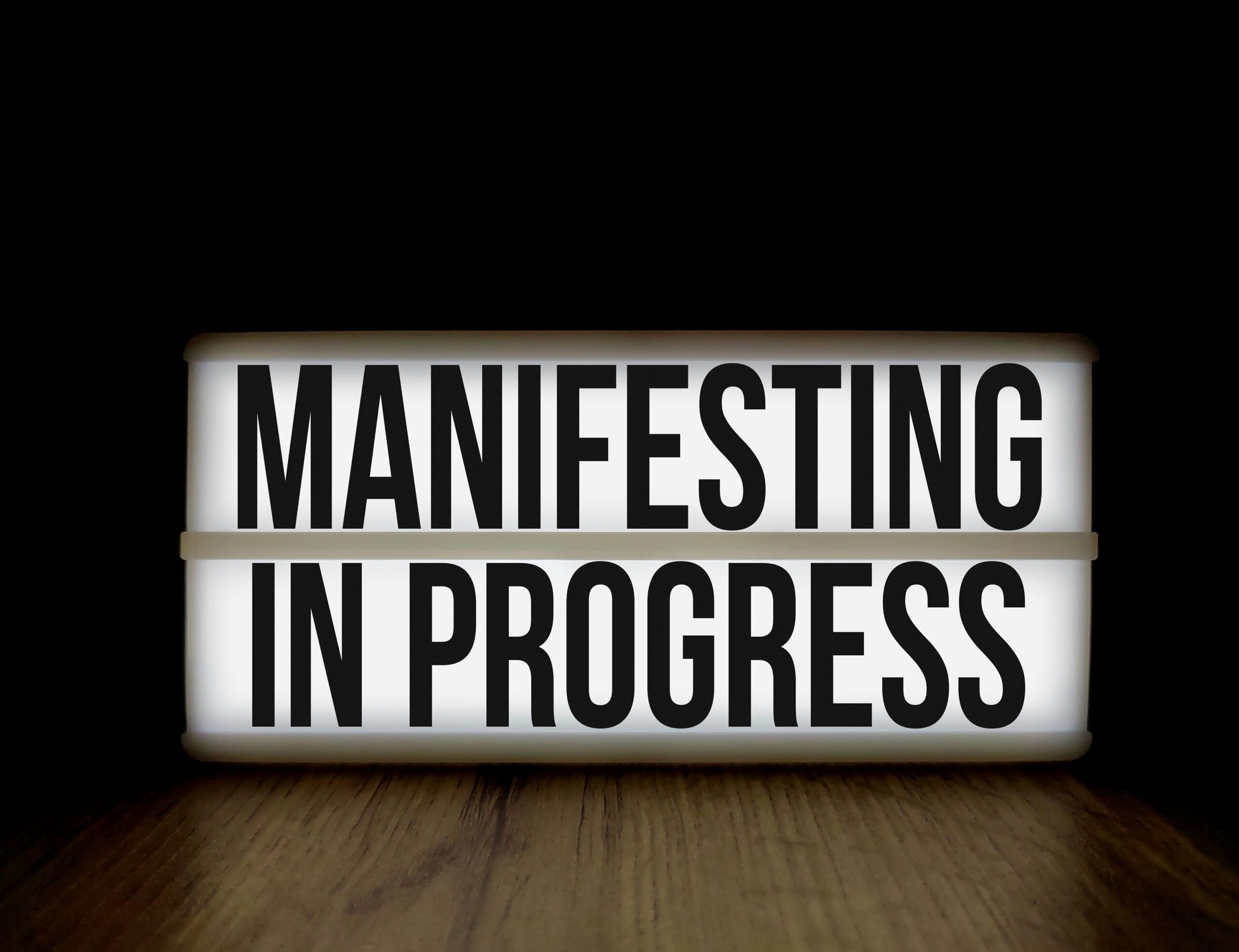Behavioral reinforcement strategies hold the key to transforming fleeting intentions into enduring habits. Understanding how to harness these psychological principles can revolutionize personal development efforts.
🧠 The Science Behind Behavioral Reinforcement
Behavioral reinforcement operates on fundamental principles discovered through decades of psychological research. At its core, reinforcement involves increasing the likelihood of a behavior occurring again by following it with a consequence that the individual finds rewarding or by removing something unpleasant. This elegant mechanism shapes nearly every aspect of human behavior, from simple daily routines to complex professional skills.
The concept originated with pioneering psychologists like B.F. Skinner, who demonstrated that behaviors followed by positive consequences tend to be repeated. This isn’t merely theoretical speculation—it’s an observable pattern that governs learning across species. When you receive praise for completing a project, feel satisfaction after exercising, or experience relief when anxiety diminishes, your brain registers these outcomes and increases the probability you’ll repeat the associated behaviors.
Understanding the neuroscience behind reinforcement reveals why these strategies work so effectively. The brain’s reward system, particularly involving dopamine pathways, activates when we experience positive outcomes. This neurochemical response creates associations between actions and rewards, literally rewiring neural connections to favor repeated behaviors. The more frequently these pathways activate, the stronger the behavioral patterns become.
The Four Pillars of Reinforcement Strategies
Effective behavioral change rests on four fundamental reinforcement approaches, each serving distinct purposes in the modification process. Positive reinforcement adds something desirable after a behavior occurs. Negative reinforcement removes something unpleasant when the desired behavior happens. Positive punishment introduces an undesirable consequence, while negative punishment removes something pleasant to discourage unwanted behaviors.
Positive reinforcement stands as the most powerful tool for lasting change. When you reward yourself with something meaningful after completing a challenging task, you create positive associations that motivate future action. This might involve treating yourself to a favorite activity, acknowledging your progress verbally, or allowing yourself a small indulgence. The key lies in immediacy and consistency—rewards delivered promptly after the behavior prove most effective.
Negative reinforcement, often misunderstood, involves removing discomfort to strengthen behavior. Consider the relief you feel when completing a difficult conversation you’ve been avoiding. That removal of anxiety reinforces the behavior of addressing uncomfortable situations directly. Similarly, finishing a workout eliminates the guilt of skipping exercise, reinforcing the completion behavior.
Distinguishing Reinforcement from Punishment
While punishment can suppress unwanted behaviors temporarily, reinforcement strategies focused on encouraging desired actions prove more effective for sustainable change. Punishment often generates negative emotions like fear, resentment, or shame, which undermine long-term motivation and can damage self-efficacy. In contrast, reinforcement builds confidence and intrinsic motivation by highlighting successes rather than failures.
The most successful behavior modification programs minimize punishment and maximize reinforcement. This doesn’t mean ignoring problematic behaviors entirely, but rather reframing the approach to emphasize what you want to increase rather than what you want to decrease. Instead of punishing yourself for missing a workout, reinforce the behavior of showing up by celebrating each successful session.
✨ Designing Your Personal Reinforcement System
Creating an effective reinforcement system requires thoughtful planning and personalization. Generic approaches rarely succeed because reinforcement value varies dramatically between individuals. What motivates one person might leave another completely indifferent. Your system must align with your unique values, preferences, and goals.
Begin by identifying target behaviors with precision. Vague goals like “be healthier” or “work harder” lack the specificity needed for effective reinforcement. Instead, define concrete, observable actions: “exercise for 30 minutes,” “complete three focused work sessions,” or “practice meditation for 10 minutes.” Clear behavioral definitions allow you to recognize when reinforcement should occur.
Next, select reinforcers that genuinely motivate you. These might include tangible rewards like purchasing something you’ve wanted, experiential rewards like enjoying a favorite activity, social rewards like sharing accomplishments with supportive friends, or symbolic rewards like tracking progress visually. The reinforcer must feel valuable enough to influence behavior but remain sustainable over time.
The Timing and Frequency Equation
When and how often you deliver reinforcement significantly impacts its effectiveness. Immediate reinforcement—occurring within seconds or minutes of the behavior—creates the strongest associations. The brain most easily connects cause and effect when they occur close together. Delayed reinforcement can work but requires cognitive bridging through explicit acknowledgment of the connection.
Reinforcement schedules determine how frequently rewards follow behaviors. Continuous reinforcement, where every instance receives a reward, works best when establishing new behaviors. Once habits begin forming, intermittent reinforcement—rewarding some but not all occurrences—actually maintains behaviors more persistently. This explains why established habits continue even without consistent external rewards.
Variable ratio schedules, where reinforcement comes after an unpredictable number of behaviors, prove particularly powerful for long-term maintenance. This unpredictability maintains engagement and prevents extinction of the behavior. Consider how this principle operates in activities people find compelling despite inconsistent rewards—the intermittent nature sustains interest more effectively than predictable outcomes.
🎯 Practical Applications Across Life Domains
Behavioral reinforcement strategies adapt remarkably well to virtually any area of personal development. In health and fitness, reinforcement transforms the challenging process of building exercise habits. Rather than relying solely on long-term health benefits that feel distant and abstract, immediate reinforcement provides motivation in the present moment.
For fitness goals, consider tracking workouts visually on a calendar, providing an immediate visual reward for each completed session. Pair exercise with enjoyable activities like listening to favorite podcasts exclusively during workouts, creating positive associations. Celebrate weekly consistency milestones with meaningful rewards that don’t undermine health goals. These strategies make the process itself rewarding rather than viewing it purely as a means to distant ends.
Reinforcement in Professional Development
Career advancement and skill building benefit tremendously from strategic reinforcement. Professional goals often involve sustained effort over extended periods with delayed gratification. Introducing immediate reinforcement bridges the gap between present actions and future outcomes. When learning a new skill, acknowledge each practice session as an accomplishment worthy of recognition.
Create micro-rewards for completing challenging work tasks. This might involve taking a short break to enjoy coffee after finishing a difficult report, acknowledging completion with positive self-talk, or tracking productivity wins in a success journal. These small reinforcements accumulate to maintain motivation through long-term projects that might otherwise feel overwhelming.
Professional relationships also improve through reinforcement principles. Recognizing colleagues’ contributions, expressing genuine appreciation for collaboration, and celebrating team achievements all reinforce productive workplace behaviors. Leaders who master positive reinforcement create environments where high performance flourishes naturally rather than through pressure or criticism.
Overcoming Common Reinforcement Pitfalls
Even well-designed reinforcement systems encounter challenges that can undermine effectiveness. Satiation occurs when a reinforcer loses its motivating power through overuse. The fifth ice cream cone doesn’t motivate like the first. Preventing satiation requires rotating reinforcers, using different rewards for the same behavior to maintain novelty and appeal.
Another common mistake involves reinforcing the wrong element of a behavioral chain. Complex behaviors consist of multiple steps, and inadvertently reinforcing an intermediate step rather than the target behavior can derail progress. For example, rewarding yourself for merely planning to exercise rather than actually exercising reinforces planning, not action. Ensure reinforcement follows completion of the actual target behavior.
Dependency on external reinforcement poses another challenge. While external rewards effectively establish new behaviors, long-term success requires transitioning toward intrinsic motivation. The goal isn’t permanent reliance on external rewards but rather using them strategically during the formation phase while cultivating internal satisfaction from the behavior itself.
Building Intrinsic Motivation Through Strategic Reinforcement
The ultimate aim of behavioral reinforcement extends beyond external reward systems to cultivating genuine enjoyment and internal drive. This transition happens gradually as you consistently pair behaviors with positive experiences. Over time, the behavior itself becomes associated with reward, even without external reinforcement.
Promote this shift by directing attention to inherent satisfactions within the activity. Notice how you feel physically after exercising, appreciate the mental clarity following meditation, or recognize the sense of accomplishment from completing challenging work. These natural consequences become powerful reinforcers when you consciously acknowledge them.
Self-reinforcement through positive self-talk accelerates the development of intrinsic motivation. Rather than dismissing accomplishments, explicitly acknowledge your efforts and progress. This internal dialogue shapes self-perception and motivation just as powerfully as external feedback. Developing this skill transforms you into your own most effective motivator.
📊 Measuring Progress and Adjusting Strategies
Effective reinforcement systems require ongoing monitoring and refinement. Without measurement, you cannot determine whether strategies actually influence target behaviors. Tracking serves dual purposes: providing data for adjustment decisions and functioning as a reinforcer itself through visible progress documentation.
Choose measurement methods that balance comprehensiveness with sustainability. Elaborate tracking systems often fail because they require excessive effort. Simple methods like habit tracking apps, physical calendars with check marks, or brief daily notes often prove more sustainable than complex spreadsheets or detailed journals.
Analyze your data regularly to identify patterns and opportunities for optimization. Are certain reinforcers more effective than others? Do particular times of day or circumstances correlate with success or struggle? Does reinforcement frequency need adjustment? These insights allow strategic refinement of your approach based on actual results rather than assumptions.
The Power of Visual Progress Tracking
Visual representations of progress function as particularly effective reinforcers. The human brain responds powerfully to visual patterns, making progress charts, streak counters, and completion graphs intrinsically rewarding. Seeing a chain of successful days or watching a progress bar fill creates satisfaction that reinforces continued effort.
Digital habit tracking applications leverage these principles by providing immediate visual feedback and celebrating milestones. The simple act of checking off a completed behavior provides instant reinforcement, while accumulated data creates powerful visual evidence of consistency. This combination supports both immediate and long-term motivation through different mechanisms.
🌟 Advanced Techniques for Sustainable Change
Once fundamental reinforcement principles become familiar, advanced strategies can accelerate progress and deepen behavioral change. Behavior chaining involves linking multiple behaviors together, using completion of one action as both a reinforcer for that behavior and a cue for the next. This creates self-reinforcing sequences that feel natural and automatic.
For example, completing morning meditation might serve as the cue for exercise, which then cues healthy breakfast preparation. Each link reinforces the previous behavior while triggering the next, creating momentum that carries through the sequence. These chains eventually consolidate into unified routines that require minimal conscious effort to maintain.
Contracting involves creating formal agreements with yourself or others that specify behaviors and their consequences. Written contracts increase commitment through psychological principles of consistency and public commitment. When you document intended behaviors, reinforcement schedules, and accountability measures, you increase the likelihood of following through.
Leveraging Social Reinforcement
Human beings are inherently social creatures, making social reinforcement exceptionally powerful. Sharing goals with supportive individuals creates opportunities for encouragement, recognition, and accountability. Social media, accountability partners, or group challenges can all provide reinforcement through community connection and shared celebration.
However, social reinforcement requires careful implementation. Seeking validation can become counterproductive if it replaces intrinsic motivation or creates dependence on others’ approval. The most effective approach uses social reinforcement strategically while maintaining internal motivation as the primary driver. Share accomplishments to celebrate and inspire rather than to seek validation.
Group-based behavior change programs succeed partly through social reinforcement mechanisms. Whether fitness classes, professional development groups, or support communities, shared experiences and mutual encouragement create powerful reinforcement that individual efforts sometimes lack. The collective energy and recognition from peers sustain motivation through challenging periods.

Creating Lasting Transformation Beyond Technique
Behavioral reinforcement strategies provide powerful tools, but lasting change ultimately requires integration with broader personal development. Techniques work best within a framework of clear values, meaningful goals, and self-compassion. Without this foundation, even the most sophisticated reinforcement systems eventually feel hollow or manipulative.
Connect reinforcement strategies to deeper purposes. Why does the target behavior matter to you? How does it align with the person you want to become or the life you want to create? These connections infuse technical strategies with meaning that sustains motivation when external reinforcement alone might falter. Purpose transforms behavior change from obligation to expression of values.
Practice self-compassion throughout the process. Behavioral change rarely follows a linear trajectory—setbacks, plateaus, and challenges inevitably occur. Harsh self-criticism undermines the positive associations that reinforcement aims to build. Instead, treat difficulties with curiosity and kindness, viewing them as information rather than failures. This mindset maintains psychological safety essential for continued effort.
The journey of mastering behavioral reinforcement strategies extends beyond implementing techniques to developing a sophisticated understanding of your own psychology. You become a skilled observer of your patterns, responses, and motivations. This self-knowledge proves invaluable not just for the specific behaviors you’re currently targeting but for navigating all future change efforts with greater wisdom and effectiveness.
As you apply these principles consistently, you’ll discover that the power of reinforcement extends far beyond individual habit formation. It shapes how you relate to yourself, approach challenges, and maintain persistence toward meaningful goals. The strategies become not just tools for change but pathways to greater self-mastery and fulfillment.
Toni Santos is a personal growth strategist and wealth alignment researcher dedicated to helping people connect mindset, habits, and money with purpose. With a focus on abundance psychology and intentional living, Toni explores how beliefs, behavior, and clarity turn goals into sustainable prosperity. Fascinated by financial psychology and high-performance routines, Toni’s journey bridges coaching, behavioral science, and practical frameworks. Each guide he shares is an invitation to design a life by intention—where daily actions align with values, and values align with long-term wealth. Blending mindset work, habit design, and evidence-based strategy, Toni studies how identity shifts, focus systems, and disciplined execution create compounding results. His work champions the idea that true abundance is built from the inside out—through awareness, alignment, and consistent action. His work is a tribute to: An abundance mindset grounded in gratitude, vision, and responsibility Financial psychology that transforms behavior into smart decisions Goal-oriented living powered by clear systems and repeatable habits Whether you’re redefining success, aligning money with meaning, or building habits that last, Toni Santos invites you to grow with intention—one belief, one plan, one aligned step at a time.




